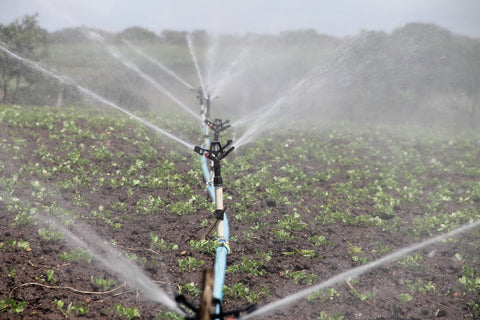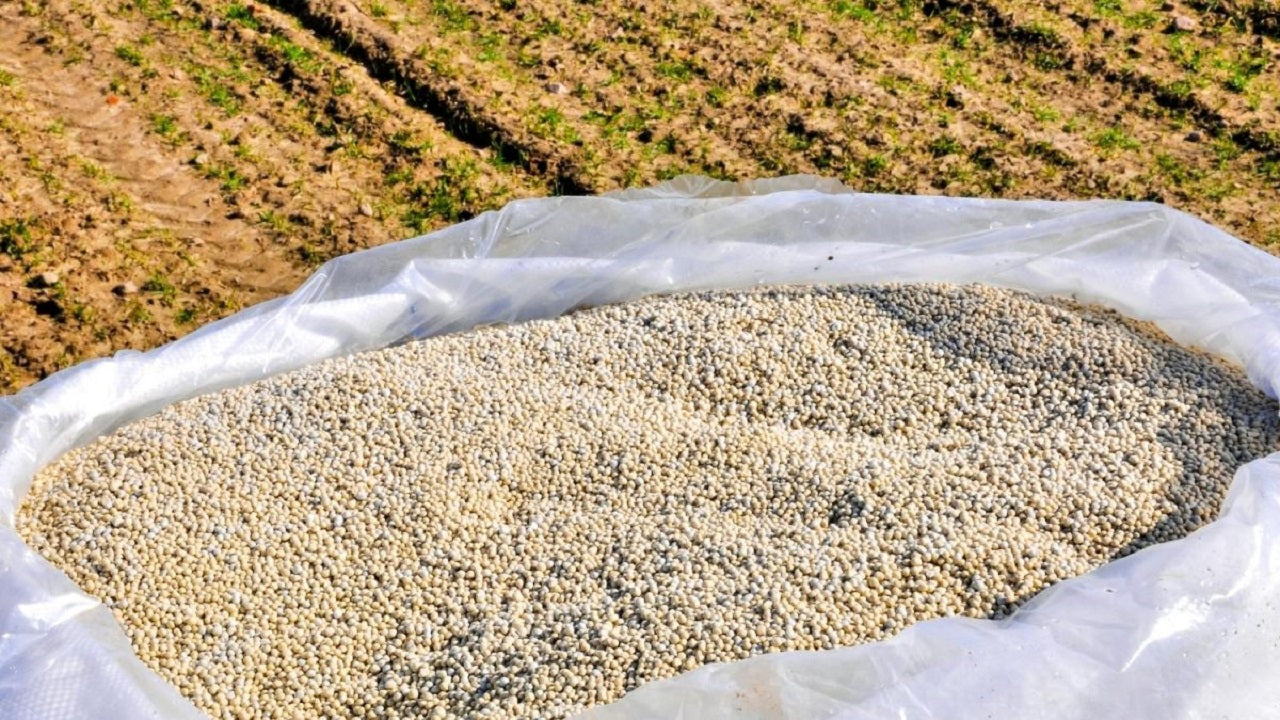Your Cart is Empty
Don't you find it disheartening and perplexing when you put so much effort into applying fertilizer to your cherished crop, only to discover that they aren't blooming or yielding fruit as profusely as you anticipated? Naturally, this leaves you wondering why the fertilizer isn't yielding the expected results.
Well, fear not, as there are several reasons why your fertilizer might not be working optimally. Let's explore some of the potential factors and find ways to make your fertilizer more effective, including the addition of soil microbes to enrich the soil and boost fertilizer performance.
One possibility is that you might have applied either too much or too little fertilizer, or perhaps you used it at the wrong time. It's essential to strike the right balance regarding the quantity and timing of your fertilizer application. Additionally, ensuring the right soil conditions can significantly impact the fertilizer's effectiveness.
Now, let's delve into a few common issues that can hinder your fertilizer's performance:
While plants do need fertilizers to flourish and bear fruits and flowers, overfertilizing can lead to severe damage and even plant death, especially when it comes to chemical fertilizers. Accumulation of soluble salts from excessive fertilizer use can result in root burn, stunted growth, and diminished flowering. To avoid this, finding the right balance is essential.

On the flip side, some plants require more nutrients than others. Neglecting to provide adequate fertilizer to heavy feeders like tomatoes and fruit trees can result in disappointing harvests. So, it's crucial to tailor your fertilization approach to the specific needs of your plants.
Pests can significantly limit plant growth through various mechanisms that affect the health and vitality of plants. Here are some ways pests can impede plant growth:
Some pests produce chemicals or hormones that can interfere with the plant's natural growth and development processes. This disruption can lead to abnormal growth patterns and reduced overall plant health.
Some pests, like weeds, compete with plants for essential resources such as water, nutrients, and sunlight. The competition can limit the availability of these resources to the desired plants, resulting in reduced growth and productivity.
Overall, pests can cause significant harm to plants, hindering their growth, and reducing their ability to produce fruits, flowers, or desired yields. Implementing integrated pest management strategies that combine biological, cultural, physical, and chemical control methods can help mitigate pest pressures and promote healthier plant growth.

Your soil's pH level can play a significant role in fertilizer effectiveness. Some plants thrive in slightly acidic soil, while others prefer more alkaline conditions. By adjusting the soil's pH when necessary, you can optimize nutrient availability to your plants.
Watering is another vital aspect of fertilizer performance. Overwatering can wash away nutrients, leaving your plants hungry, while underwatering can lead to dry, compacted soil that hinders nutrient absorption. Striking the right watering balance is crucial for the best fertilizer results.

While compost is a fantastic natural fertilizer, it may not always deliver the desired yield levels. Compost contains fewer nutrients pound for pound compared to conventional fertilizer. So, using the correct amount of compost becomes crucial to achieve the desired results.

If you have used chemical fertilizers or pesticides for a long without intermittent soil amendment, you should think of soil amendment. Based on the soil test results, amend the soil with organic matter, such as compost or well-rotted manure. Organic matter helps improve soil structure, enhances nutrient retention, and promotes beneficial microbial activity.
Incorporating beneficial soil microbes, such as Mycorrhizal fungi, Trichoderma fungi, and beneficial bacteria, can be highly effective. These microorganisms form symbiotic relationships with plants, enhancing nutrient uptake and overall plant health. You can use products like mycorrhizal inoculants to introduce these beneficial microbes into the soil.
They work synergistically to provide essential nutrients, improve soil structure and water retention, enhance nutrient uptake, and foster a healthier soil ecosystem. This, in turn, leads to healthier, more productive plants with increased resistance to various environmental challenges.
When using fertilizers alone, plants may not be able to absorb all the nutrients applied, as their root systems have limited reach. Additionally, certain nutrients may not be readily available without the assistance of soil microbes.
By introducing soil microbes as adjuncts to the fertilizer, you ensure that the nutrients become more accessible to the plants. These beneficial microorganisms establish symbiotic relationships with plant roots, extending their nutrient-absorbing capacity beyond their immediate surroundings. As a result, plants can efficiently utilize a wider range of nutrients present in the soil.
Moreover, soil microbes play a vital role in breaking down organic matter, releasing nutrients in a plant-friendly form, and improving soil structure. This creates a favorable environment for plants to thrive and develop robust root systems.
In essence, combining soil microbes with fertilizers offers a guaranteed method to boost fertilizer efficiency while simultaneously accelerating soil amendment. The presence of these beneficial microorganisms enhances nutrient availability, fosters better nutrient absorption by plants, and contributes to the overall health and vitality of your crops or garden.
This powerful fusion unleashes a myriad of benefits, empowering your plants to thrive like never before:
“As someone who's been into organic gardening for years, I've got quite the setup with fruit trees, veggies, and ornamentals. Usually, I stick to organic fertilizers and worm castings for my plants.
Recently, I noticed my saplings needed a little extra TLC. The soil seemed like it needed a boost, so I decided to try out Mikro-Root along with my organic fertilizer. And boy, was I blown away!
Within just one week, everything started flourishing like never before. The plants looked healthier, and the taste? Oh, it was out of this world! I can't say for sure what Mikro-Root would do on its own, but I'm definitely sticking to this combo for my fertilizing routine. It's a game-changer, and I'm totally sold on it! – Luke”
So, remember to strike the right balance in your fertilization routine, enrich your soil with beneficial soil microbes, and watch your garden flourish abundantly! Restore our earth and take a step towards sustainable solutions with the power of soil microbes and organic fertilizers.
RESTORE OUR EARTH, TAKE A STEP TOWARDS SUSTAINABLE SOLUTIONS!
Comments will be approved before showing up.
